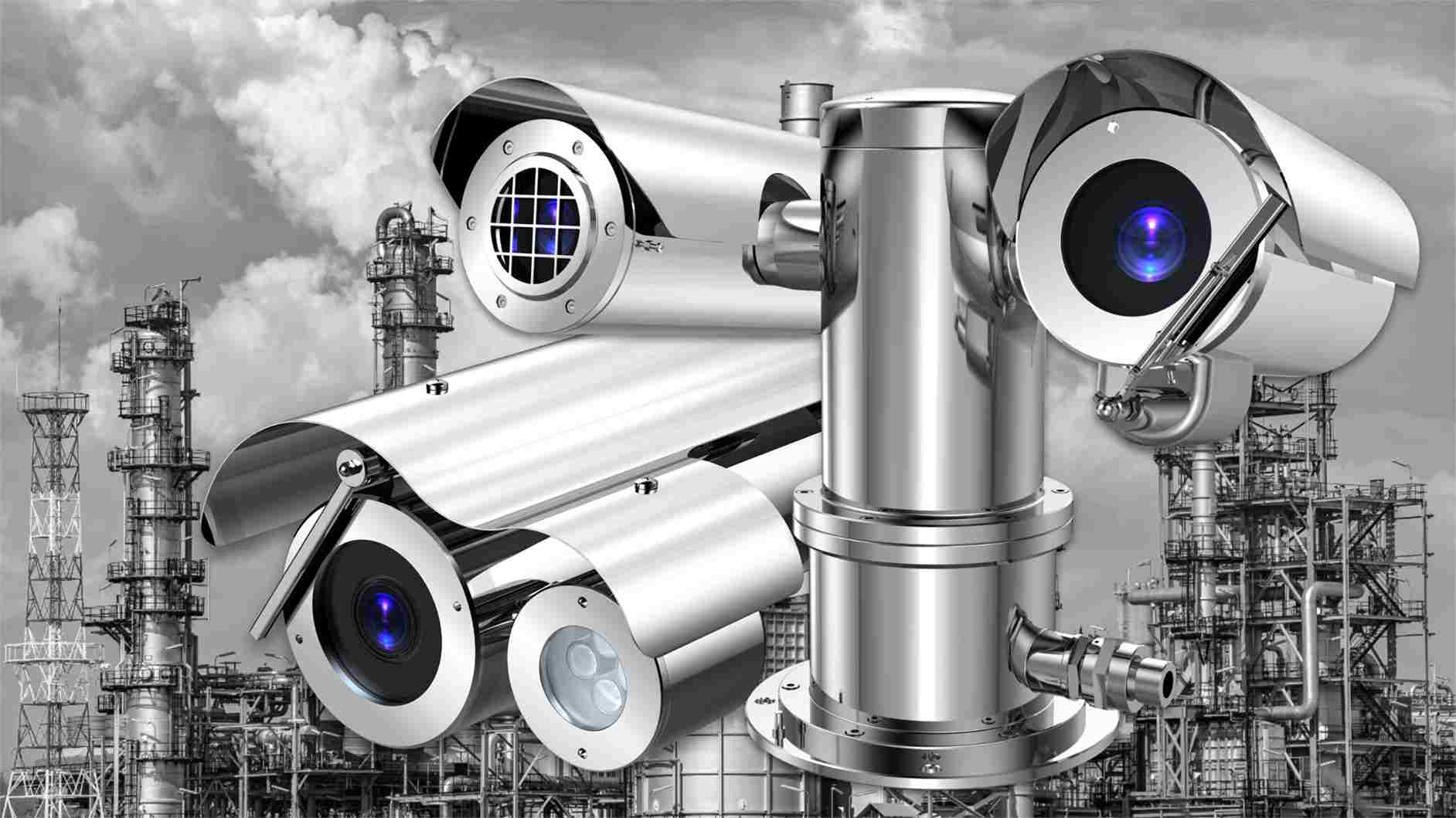Selecting cameras for hazardous environments requires a focus on durability, image clarity, and safety compliance. Standard cameras often fail under extreme conditions, making explosion-proof and thermal imaging systems essential.
Surveillance cameras must withstand dust, chemicals, moisture, and high temperatures. Thermal cameras add another layer of protection by detecting heat signatures and identifying anomalies invisible to the naked eye.
Key features to consider include ATEX or IECEx certification, high-resolution imaging, and corrosion-resistant housings. Cameras should also integrate with existing monitoring systems and support real-time alerts.
Thermal cameras are vital for detecting overheating equipment or gas leaks in industries like oil, gas, and chemical processing. Their accuracy helps prevent accidents and maintain operational safety.
Proper camera selection enhances visibility, reduces downtime, and supports safety protocols in challenging environments. Investing in the right equipment ensures effective surveillance and long-term reliability.




